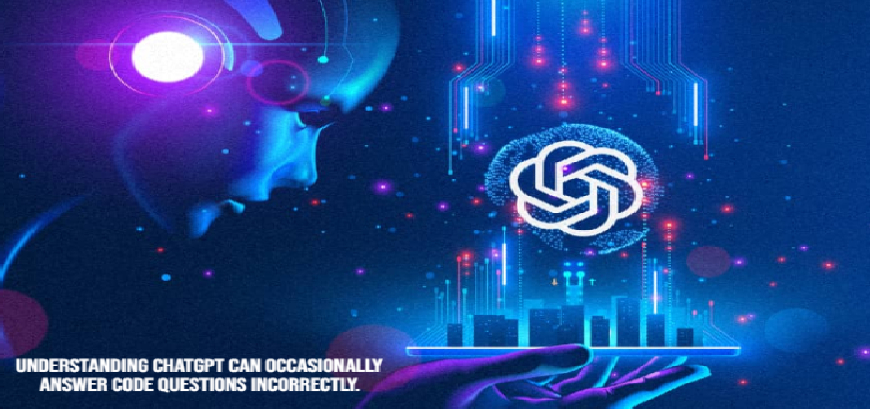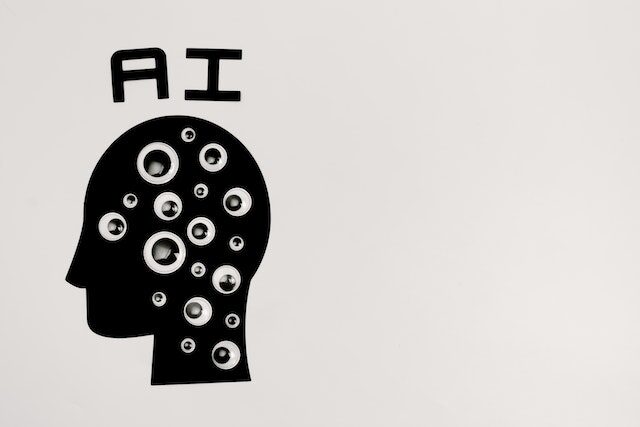Google, the search engine giant, has recently introduced its own AI chatbot named Bard, powered by LaMDA. This move comes as a response to OpenAI’s popular ChatGPT, which has gained significant attention in the media and the world. The rise of ChatGPT prompted Google to take action on December 21st, 2022, due to the potential threat it posed to their business model. In response, Google announced the launch of Bard AI on February 6th, 2023. However, Bard’s initial rollout faced challenges, with a factual error during its first demo leading to a 9% decline in parent company Alphabet Inc.’s stock. Despite the setback, Google made necessary adjustments, and users were able to join a waitlist to chat with Bard starting March 21st.
One of the key advantages Bard holds over ChatGPT is its ability to access information from the web, unlike ChatGPT, which is limited to online data up to September 2021. Moreover, Google plans to incorporate Bard as a feature in its search engine. This development raises the question: What does the future hold for SEO?
Understanding How Google Bard Works
Google Bard, previously available only to trusted testers during its early access phase, is now open to the general public through its waitlist. It utilizes a “lightweight” version of LaMDA, a language model designed for dialogue applications. LaMDA is trained on datasets that combine public dialogue and current web data. By employing deep learning neural networks, Bard mimics the human brain and is capable of understanding human language and generating human-like responses through natural language processing (NLP). Additionally, Bard can ground itself factually by retrieving information through Google search, a capability that ChatGPT lacks.
During Bard’s training, Google used three metrics called SSI (Sensibleness, Specificity, and Interestingness) to evaluate the chatbot’s outputs. Crowdsourced raters judged the outputs, and their feedback was incorporated into the AI model to enhance its performance. In contrast, ChatGPT’s language models, GPT-3 and the newly released GPT-4, cannot retrieve data via an online search.
Addressing Concerns with Lightweight LaMDA
When developing Bard AI, Google faced concerns regarding the computational cost associated with large language models (LLMs) and their compatibility with the billions of daily Google searches. Generative AI, such as Bard, requires substantial computing power, making the development of AI chatbots an expensive endeavour. To overcome this challenge, Google opted for a “lightweight” version of LaMDA, reducing the computing power required to generate answers and enabling scalability for a larger user base.
Overcoming Creativity Concerns
Another challenge surrounding the creation of Bard AI was the potential for LLMs to generate fictional information. ChatGPT and Microsoft’s Bing AI have both demonstrated instances where LLMs invent facts. To mitigate this concern, LaMDA utilizes Safety and Quality guidelines, ensuring that the answers generated by Bard are factually correct.
The Impact of Google Bard AI on Search
As Google aims to integrate Bard into its search engine, the question arises: How will this influential development reshape Google’s flagship product? Sundar Pichai, Google’s CEO, envisions Bard transforming the way people use the search engine. According to Pichai, users increasingly seek deeper insights and understanding rather than simple factual answers. This shift aligns with the capabilities of AI chatbots like Bard, which excel at answering complex questions and providing in-depth insights. Consequently, search queries are expected to become more intricate, with users posing questions like, “Is piano or guitar easier to learn, and how much practice does each require?”
In terms of search results, Bard is likely to replace featured snippets, including rich snippets. Instead of displaying a traditional SERP feature, Google will present AI-generated answers from Bard, along with relevant links from the web. Consequently, SEO practitioners will need to target these “Bard snippets” to drive organic traffic.
Bard’s approach to generating answers directly from the web raises legal concerns. As Bard utilizes real web results to formulate responses, there is a need to credit and highlight the sources used. Google might adopt strategies such as hyperlinking to the sources within the generated answers, allowing users to explore the referenced web pages in-depth. SEO professionals must closely monitor this aspect for future developments.
Incorporating Google Bard AI into Your SEO Strategy
Now that we have explored the features and implications of Google Bard AI, it is crucial to understand how to incorporate it into your SEO strategy. Fortunately, optimizing for Bard should not require a drastic overhaul of your existing approach to SEO. Bard’s reliance on referencing the web aligns with Google’s existing business model.
To prepare for Bard, focus on two key aspects:
1. Optimizing for “Featured Snippet” Replacements
If Bard’s rich results follow similar SEO best practices as current rich results, consider the following strategies:
– Use questions as headings: Target specific questions in your headings and provide concise answers within the first 100 words of your content. Incorporate your target keyword and ensure readability.
– Keep it concise: Aim for a snippet length of 40-60 words. Lengthy content may be less likely to be considered for a featured snippet.
– Prioritize readability: Use simple language, and short sentences, and avoid complex terminology. Make your snippet easy for users to read and search engines to crawl.
– Utilize schema markup: Format your schema markup correctly to increase the chances of your content appearing as a snippet. Leverage tools like the Schema Markup Testing Tool for validation and previews of potentially rich results.
Implementing these practices will enhance the likelihood of your content being featured as a “Bard snippet” in search results.
2. Targeting Generated Content Answers
To appear in Bard’s generated answers, focus on creating relevant and high-quality content tailored to your target audience. By consistently delivering exceptional content, you increase the probability of Bard using your website as a source for generated answers. Ensure your content is optimized with related keywords and their variations to provide context and variety.
Additionally, continue to prioritize technical SEO. Regularly conduct audits to address any indexing errors, r broken links. Ensuring Google has a copy of your XML sitemap.
In conclusion, Google Bard AI presents a significant shift in the search landscape. By adapting your SEO strategy to optimize for Bard snippets and targeting generated content answers. You can stay ahead in the evolving world of search engine optimization.





